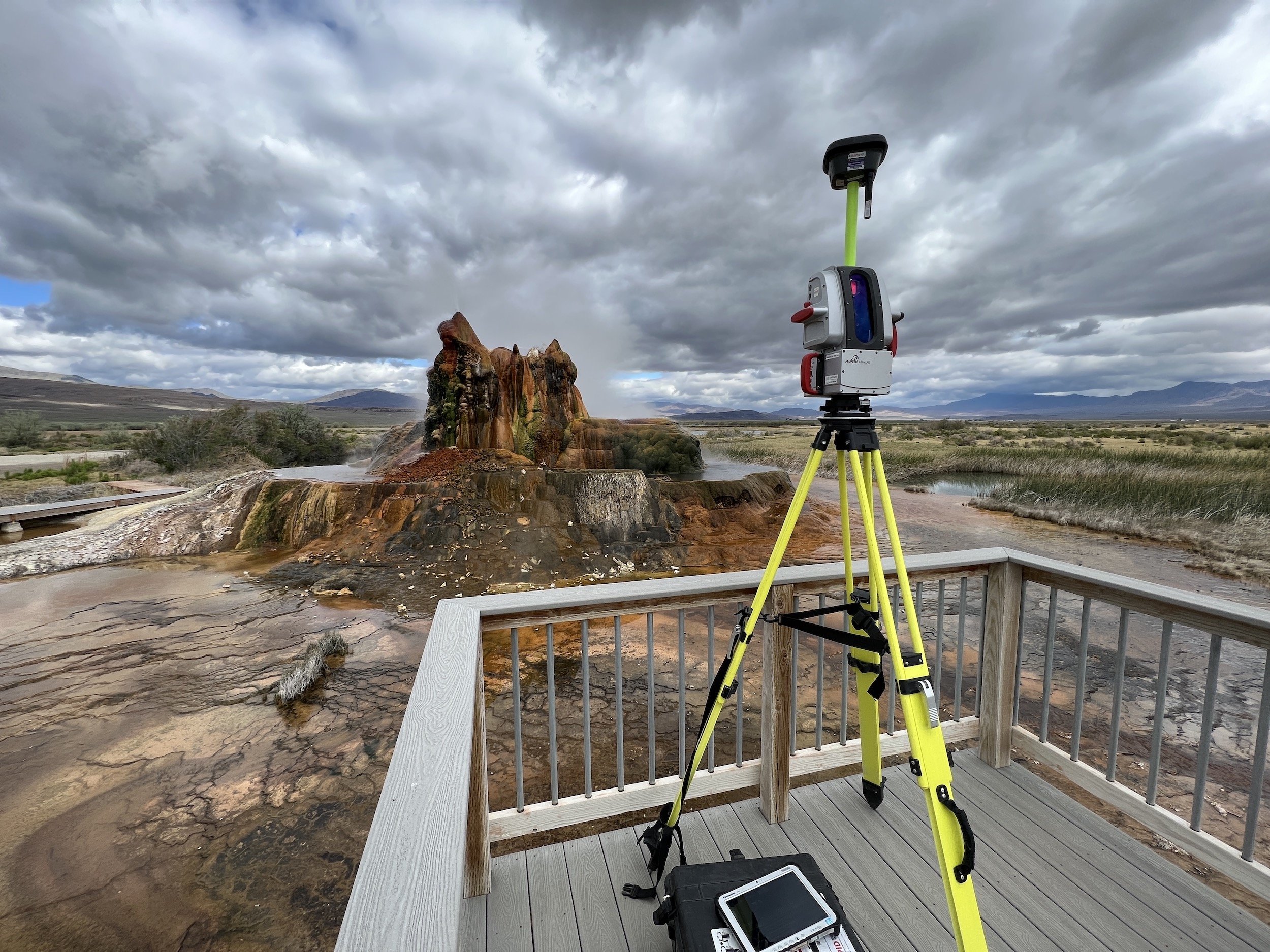
Resources: Example Applications
The RAPID facility provides investigators with the equipment, software, and support services needed to collect, process, and analyze perishable data from natural hazard events.
One way that the RAPID achieves this is by providing state-of-the-art data collection equipment, which was selected based on feedback from the natural hazards reconnaissance community, the RAPID External Steering Committee, and the expertise of the RAPID team. Equipment offered by the RAPID includes equipment for multi-hazard broad use (e.g., computing, laser scanning, surveying, unmanned aerial systems, digital imaging, data visualization, and backpacks with natural hazards reconnaissance essentials), site characterization, ground investigation, coastal monitoring and investigation, and social science data collection. The multi-hazard equipment can additionally be used for structural and wind monitoring and damage assessment.
Most of the RAPID equipment is intended for field deployment to regions impacted by natural hazards, or experimental sites used for the study of natural hazards (e.g., for shake table tests). For individuals or groups with training (through our workshops or otherwise), or that prefer to operate on their own, equipment can be directly provided, or equipment can be sent with RAPID staff to assist in field data collection. For either scenario, the RAPID will advise and assist you with use of the RAPID equipment, equipment scheduling protocols, transportation logistics of equipment, and field safety.
The RAPID also provides equipment at the RAPID headquarters for data visualization, data processing and computing. This includes high-powered graphics processing workstations which can be utilized to develop and interrogate models from lidar and structure from motion (SfM) data and analyze data using software associated with RAPID equipment. This also includes a computer automated virtual environment (CAVE) which can be used to further investigate point cloud data (from lidar or SfM) and a 3D printer. The RAPID will assist with limited data processing and archiving data to DesignSafe. For additional data processing needs, inquire with the RAPID.








